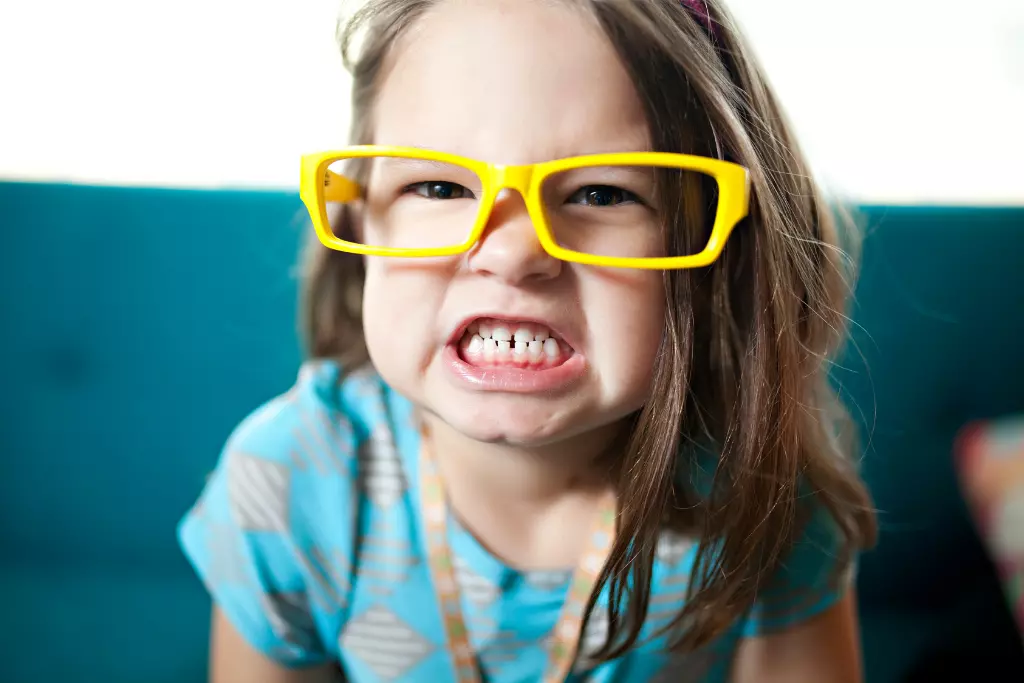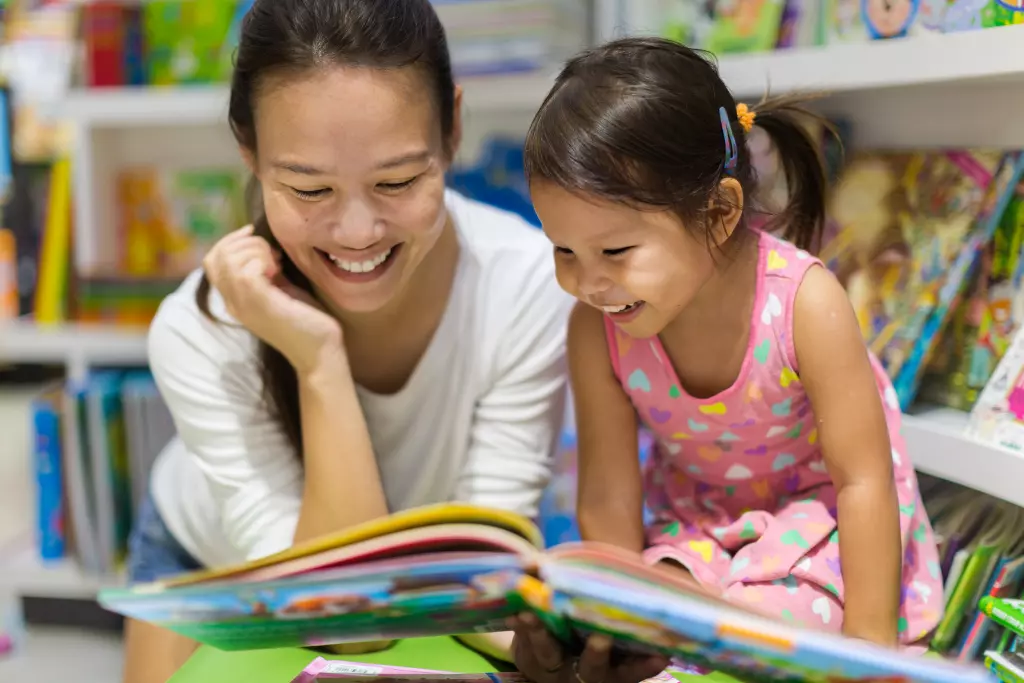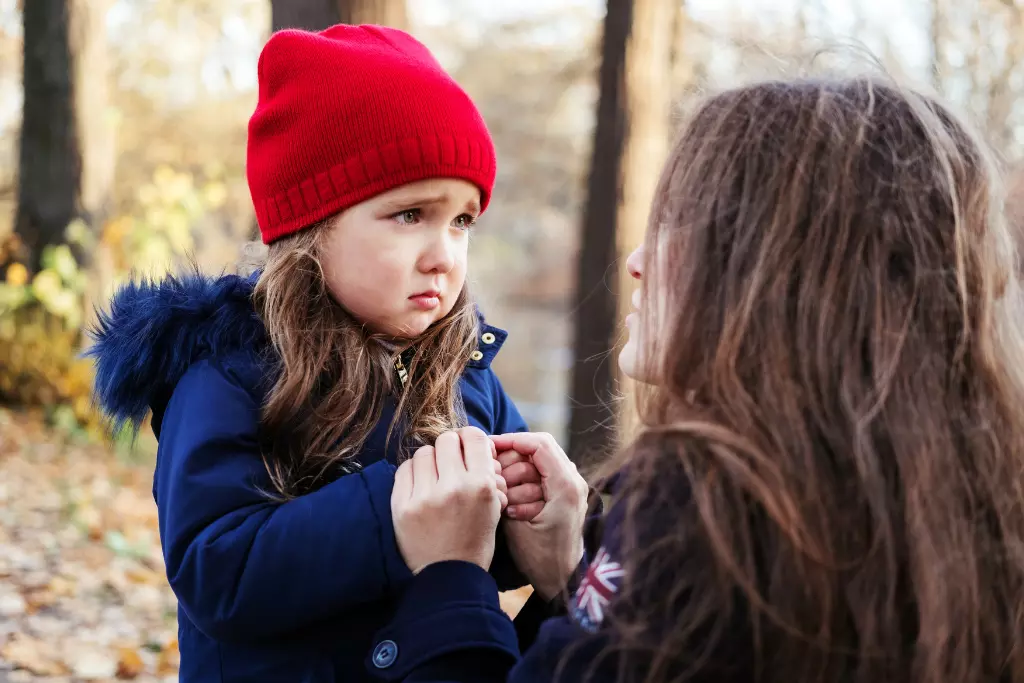Picture Books for Helping Kids With Anger
All young children have big feelings and sometimes those big, hard to contain feelings show up as anger and frustration. Teaching children how to express those feelings safely is important for their brain development and social integration. Fortunately, we have picture books that are great resources for helping kids with anger. And they are a valuable resource.
There are countless books on anger on the market. However, I am guessing you do not plan on buying 25 books to help your child with managing their anger.
Furthermore, I have found that many books that tackle this subject tend to judge anger and label it as bad. And, when we label our children’s emotions as bad, they tend to take it personally and conclude that they are bad children for having them.
I am going to show you some of my favorite children’s books for helping kids with anger. You can count on getting books that are practical and thoughtfully chosen.
Table of Contents
How to Use the Books
Here is something to remember: read these books with your child when they are calm and relaxed. They are perfect to read at bedtime too. Then discuss with your child the messages in the book and what they learned. At the same time, practice the skills in the book when everyone is calm, NOT when the child is angry and begins to express the feeling. The more your child practices the calm-down techniques when they’re calm, the greater the chance that they will remember to use them when they get angry.
Additionally, trust that your child’s brain will develop eventually to be able to access the learned skills in times of need. Even if they can’t use the skills now or tomorrow, there will come a time when your child will surprise you with their ability to apply the anger management skills.
Most importantly, remember that each child develops at their own pace. Give your child the support and time they need to grow.
[Disclosure: This post contains affiliate links, which means I earn a small commission, at no extra cost to you, if you make a purchase using the links below. Please read my affiliate disclaimer for more information. Your purchase using the links below supports the creation of new content on this website.]
Related: Books that Teach Children About Feelings
Children’s Books for Teaching Children Anger Management Skills
Here are five books that neutrally present anger while teaching children how to deal with it without feeling shame or guilt for having this emotion.
Jared’s Cool-Out Space, by Jane Nelsen

Written by the co-founder of Positive Discipline, Jared’s Cool-Out Space shows a little boy who comes home mad and slams the door, kicks the table, and is rude to his mom. The boy’s mother models the importance of remaining calm and empathetic, so I think parents can learn from this book too.
By remaining calm and empathetic, the mother can help the boy regulate his emotions and then she finds out why Jared is so mad. Together they create a cool-out space for the boy and the mother teaches him how to use it when he feels like he needs to calm down.
At the end of the book, there is a page for parents that describes all the Positive Discipline parenting tools that were illustrated in the book.
When Sophie Gets Angry – Really, Really Angry…, by Molly Bang
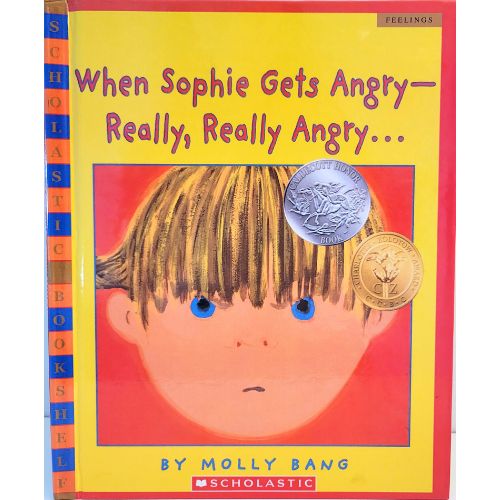
I really love this book! When Sophie Gets Angry, Really, Really Angry… is the story of a little girl who gets angry when her sister takes away the toy she was playing with. The author beautifully describes Sophie’s anger with colorful and sound-filled images: her anger is a red roar, a volcano ready to explode. Then Sophie runs and runs into the forest, and then she cries. After she releases her anger through movement and a big cry, she begins to notice the beauty of nature surrounding her, she hears the songs of birds, climbs into her favorite tree, and feels the breeze, watching the waves far away.
This book shows how big feelings can take us over and how we can release emotions and use mindfulness to help us get back in control.
The one thing I would talk to kids about when reading this book is the running away part. We want to make it clear to kids that the message isn’t that they should run away from home when they feel big emotions. But rather that Sophie’s special calming space was in the tree outside her house. And here we could ask our child, “What could be your special place where you could go to help you manage your big feelings?” Together you could decide on a spot or even create a Calming Space.
When I Feel Angry, by Cornelia Maude Spelman
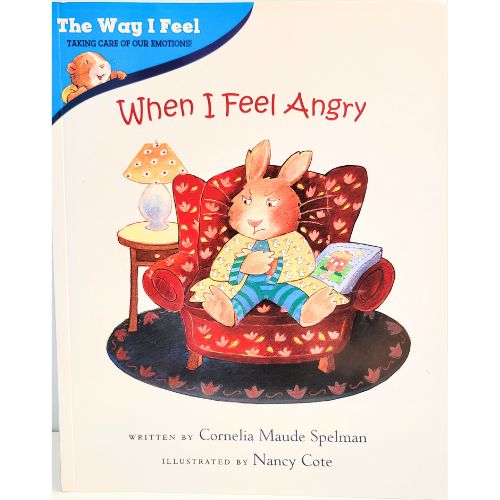
When I Feel Angry is a little book nicely structured into five parts.
First, it shows different situations that might make a child angry: somebody makes fun of them, they have to stop playing to clean up the room, plans change unexpectedly, something is unfair, and so on.
Then it goes into describing what anger feels like and what the child might feel like doing when he is angry: saying mean things, yelling, hitting. One of my favorite parts in the book is this: “But feeling like I want to is not the same as doing it. Feeling can’t hurt anyone or get me in trouble, but doing can.”
After that, the book presents what children can do when they feel angry: go away, take deep breaths, do a physical activity, do something enjoyable, or ask for help to self-regulate.
The last part of the book describes how anger is a useful emotion because it tells us that something needs to change and gives examples of those needs that drive the anger.
This is a very easy-to-read book, but full of really good strategies to help young children learn more about managing their anger.
Cool Down and Work Through Anger, by Cheri J. Meiners
In Cool Down and Work Through Anger, a little boy has different experiences that upset or hurt him. I like how there is a description of how anger feels in the body: “I might have a hot face, tense muscles, a fast heartbeat, or loud breathing.” The book points out that the things we feel like doing when we are angry can hurt other people, are not helpful, and can cause even more anger.
I love that the author clearly states that keeping anger inside doesn’t make things better either and that all feelings are okay.
Then several calm-down tools are listed. The boy is able to find solutions to work things out instead of lashing out. Finally, the story shows the boy repairing the damage done by his angry behavior. The book ends with an invitation to be forgiving, to understand that everyone makes mistakes sometimes, and to think positively.
Marvin Gets Mad!, by Joseph Theobald
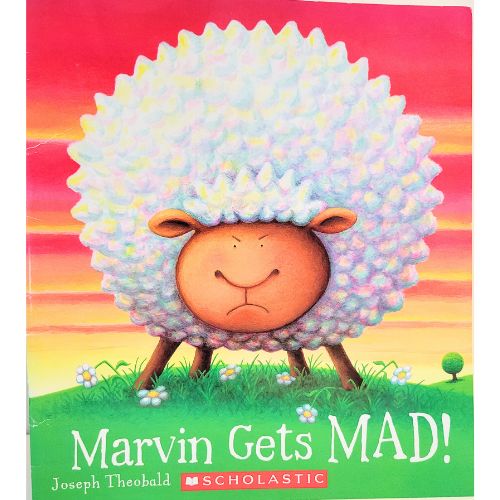
Marvin Gets Mad! is a short and simple story about a ram who is eating apples with his friend, but he sets his eyes on a particular apple. Marvin becomes stubborn and gets very mad when he can’t reach the apple and his friend unknowingly eats “his” apple! With funny illustrations, the book shows Marvin turning into a beast. Finally, he falls into a huge crevice that he makes by stomping on the ground.
What I like about this book is that it shows how, if we wait, the anger goes away. It is not explicitly stated in the book, but you can point it out to your child. Once his anger dissipates, Marvin is ready to be with his friend again. He then realizes the damage he caused when he was angry and out of control.
But in the end, he wants a pear! And he can’t reach it! Uh-oh! This is a good time to ask your child, “What do you think will happen next?” If your child says, “Marvin will get mad again, “ ask, “Do you think he will know what to do if he gets mad so he doesn’t scare or hurt others?”
There are not a lot of skills taught in this book, but my kids really enjoy it. But you can use the story to ask your child to help Marvin. Ask them what they would like to teach Marvin that would help him the next time he gets really mad. If your child likes to create stories, then they can draw and write a continuation of Marvin’s story.
Final Thoughts
Anger is a powerful feeling. We all have it. The important thing about anger is not to not feel it, but rather to not act on it and have regrets after. Teach your child to pause or leave, and wait for the feeling to subside.
Related: Teach Kids Effective Calm-Down Tools
If they lose control and act on their anger, teach them about repair. These are skills that we all need, children and adults alike.
Related: Getting Children to Apologize Sincerely
The skills presented in these books are very powerful. Make sure that you revisit them often. Most importantly, please do not expect your child to begin implementing all these strategies immediately. Trust that your child will internalize them and have them available when their brain is ready to access them.
In the meantime, these carefully selected children’s books that teach children how to manage their anger are a very good place to start and an important resource.
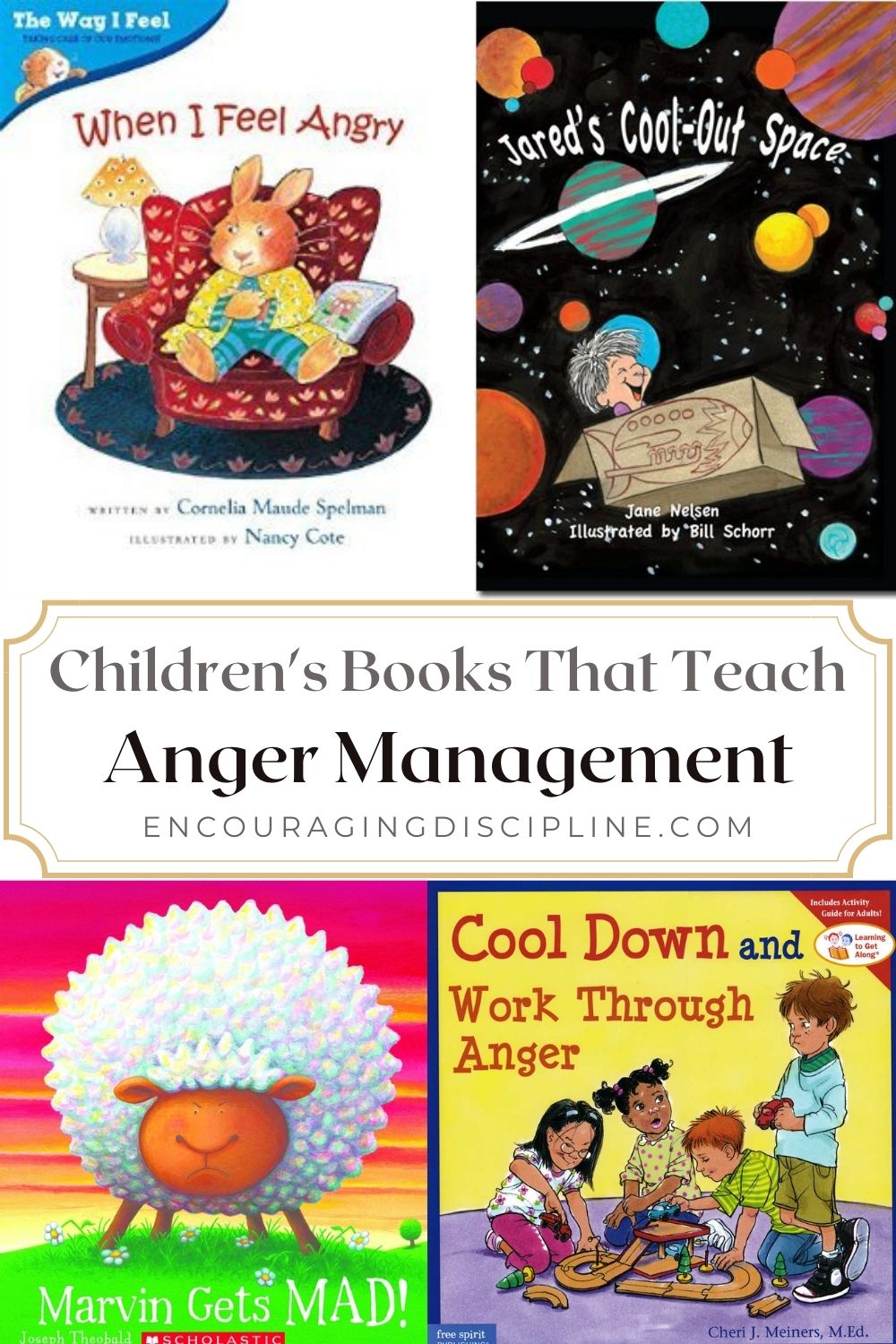
If you found this post useful, please share it with your friends and family.

